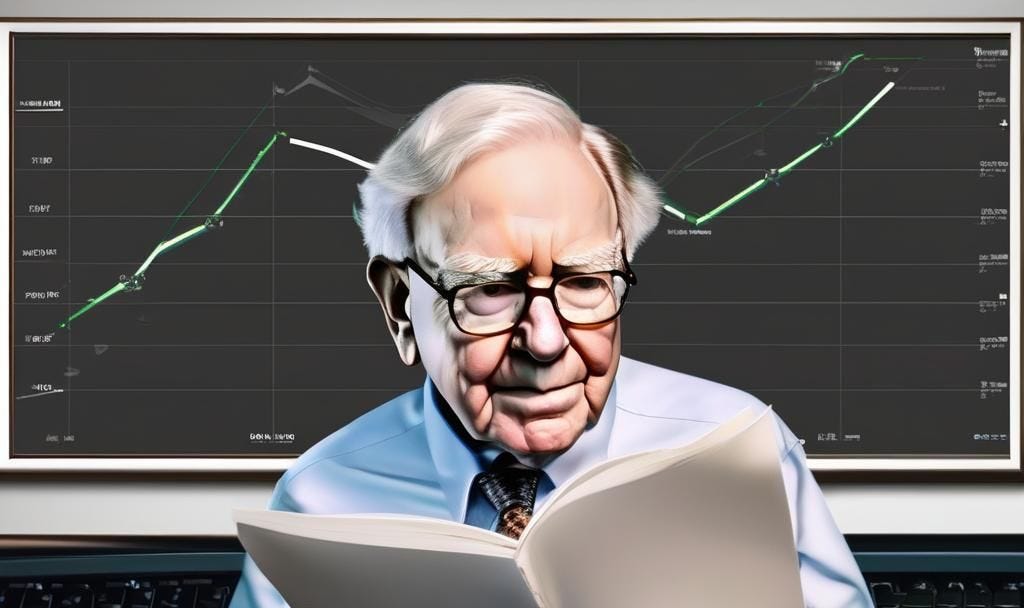Two problems with the so-called 'Buffett Indicator' 🤔
The stock market valuation metric has some comparability issues 🤦🏻♂️
A quick Google search for “Buffett Indicator” will return a lot of alarming stories about how a metric Warren Buffett flagged 23 years ago is looking ominous for the stock market today.
In a 2001 interview with Fortune, the legendary investor pointed to what he then called “probably the best single measure of where…
Keep reading with a 7-day free trial
Subscribe to 📈 TKer by Sam Ro to keep reading this post and get 7 days of free access to the full post archives.


